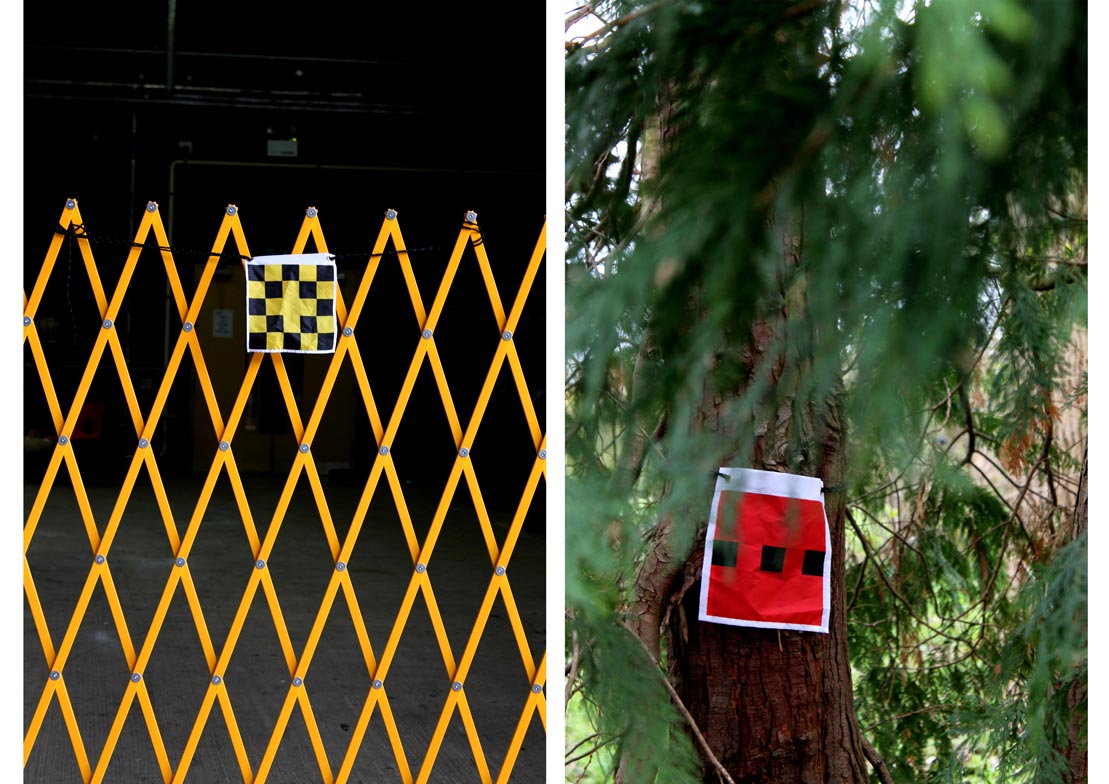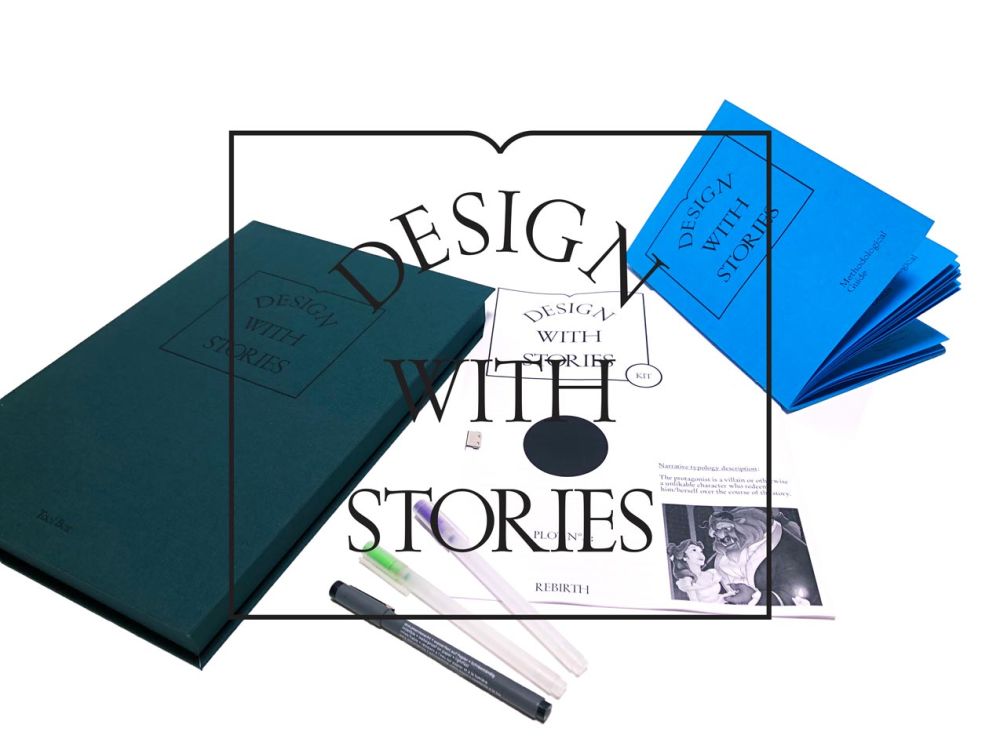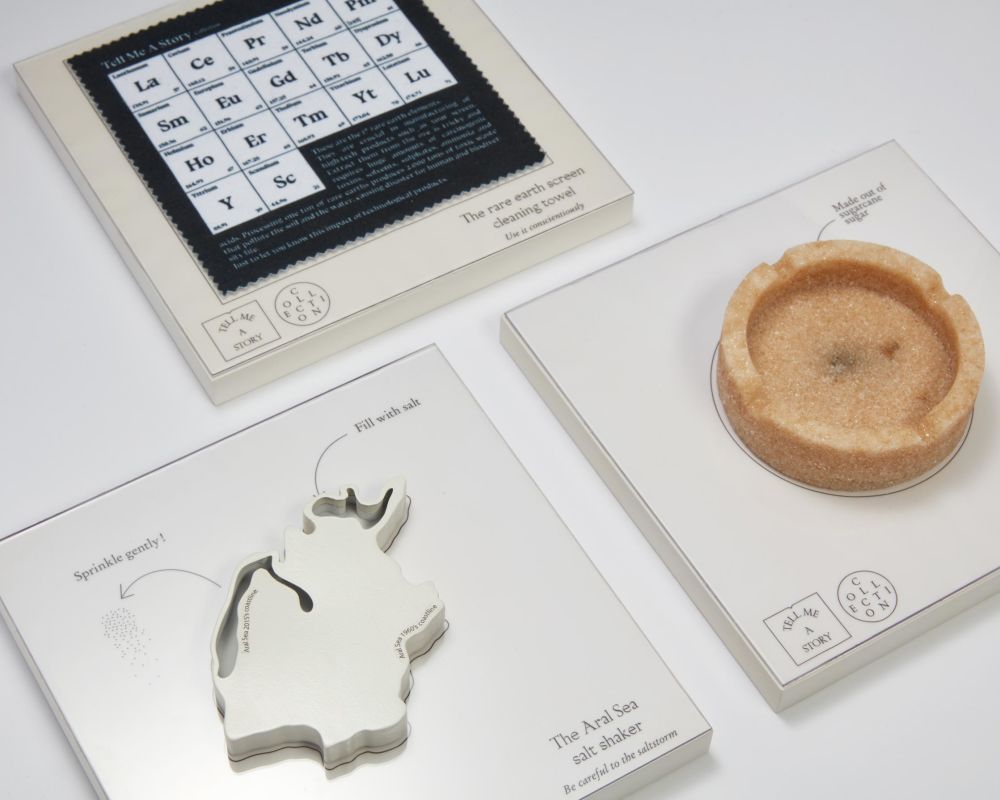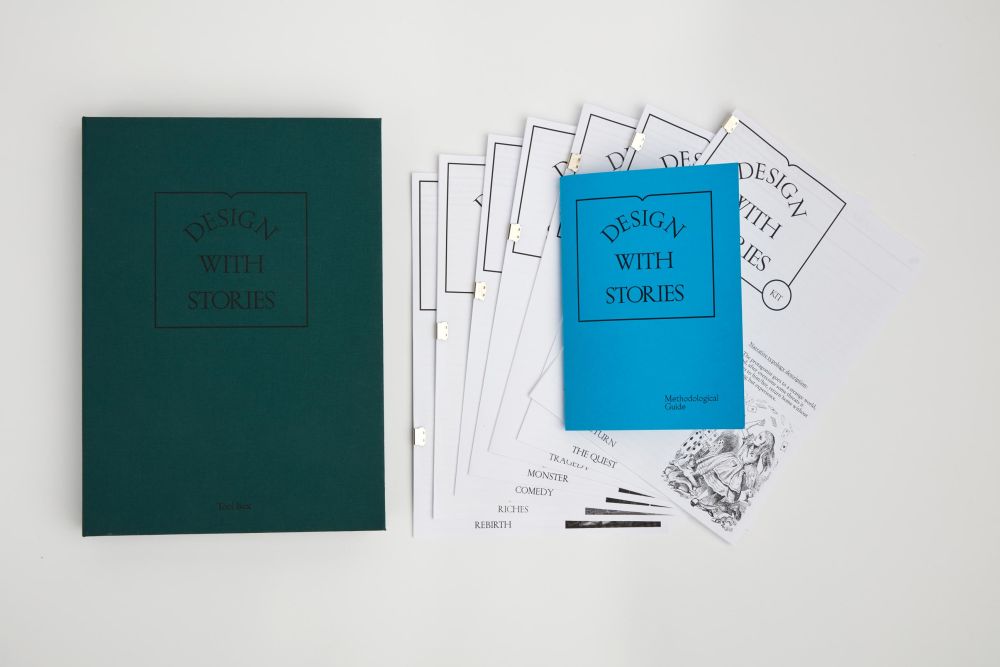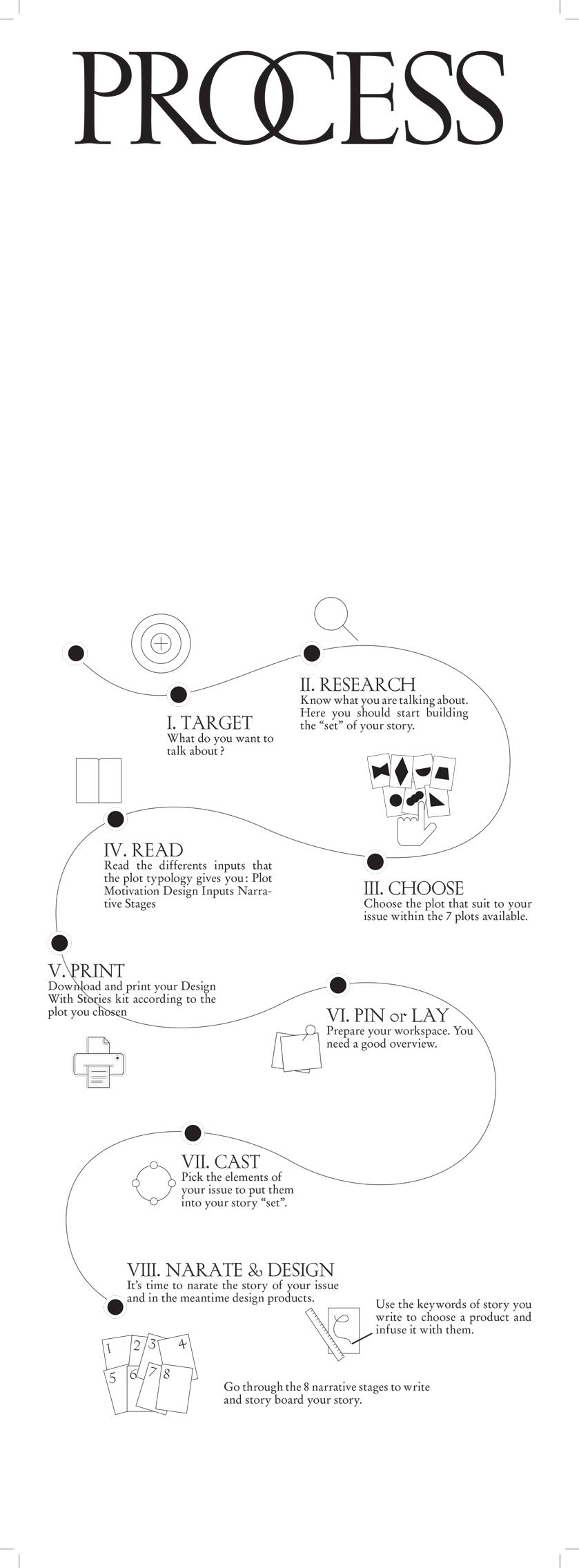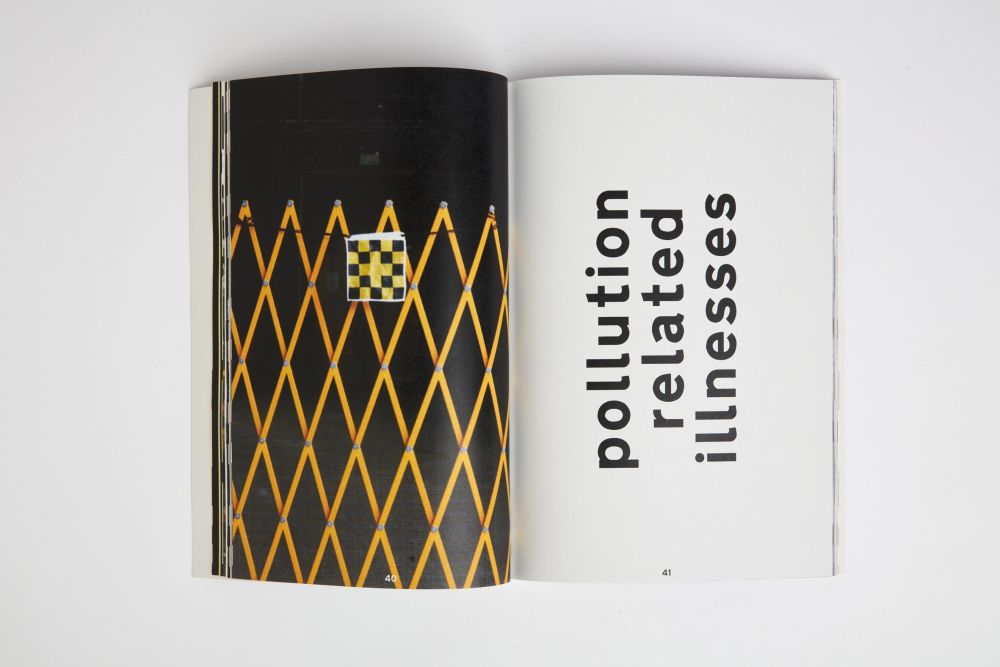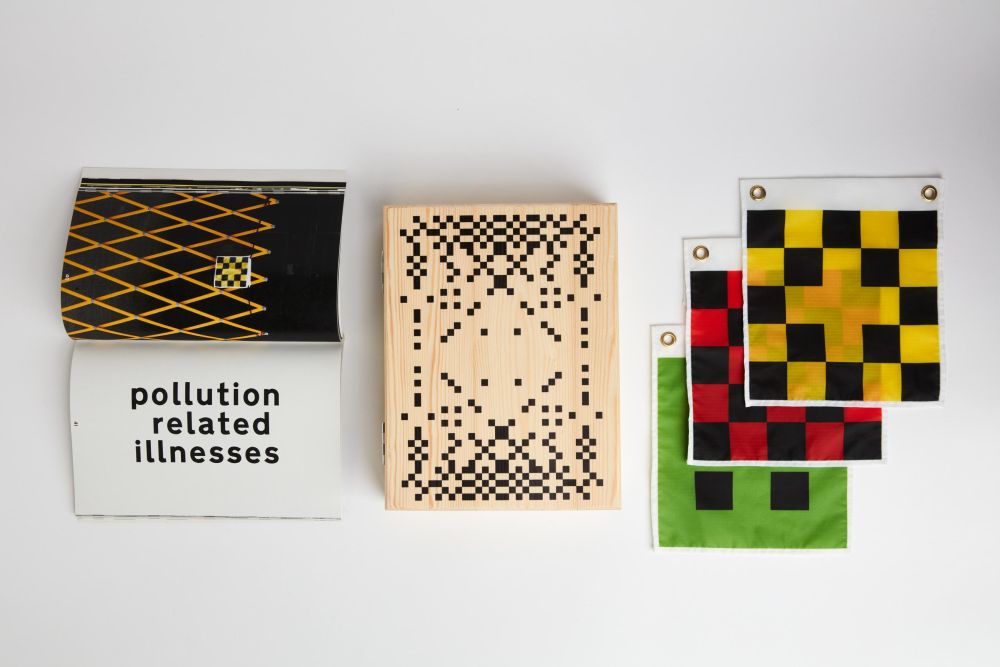We talk to recent graduates exhibiting in Designing in Turbulent Times, currently on show at the Lethaby Gallery. As well as shaping our material world, design can provoke and inform conversations. The designers here all exploit creative tools to either propose new narratives and design methodologies or to develop campaigns that alert us to urgent environmental issues.

TRASHMag, Chekii Harling, BA Fashion Communication: Journalism
TRASHMag was created to reinvent the way sustainable fashion and environmental issues are written about. The magazine uses humour to bring important issues to people's attention – a tone of voice not often employed in this subject area.
What inspired TRASHMag?
"It was my experience working in the fashion industry in both publishing and production, combined with my trip to the Philippines. During my year in industry (called Diploma in Professional Studies), I witnessed how shockingly unsustainable the fashion industry is. Designer clothing, which could possibly be used for an image in a magazine is flown from the UK to the US several times daily. The abundance of plastic waste is not recycled backstage at fashion shows and clothing is generally treated by the industry as a disposable item. Relevant today, gone tomorrow. Six months earlier I had visited the Philippines, an archipelago of islands drowning in plastic waste some of which would have originated in the UK.
It was the contrast of these two opposing worlds; the greed, and excess of the west, and the resourcefulness embedded in the developing world which signalled to me that the way we live needs to change.
Humour, throughout my career as a writer, has been embedded in my tone of voice. Yet the majority of journalism commenting on both sustainable fashion and environmental issues tends to approach these subjects with an overly critical, factual tone. To me, this screams boredom and is not the way to engage people and more importantly the youth (our future) in the issues that need tackling. We may as well laugh in the wake of the disaster, the human race doesn’t have long left!
If you could change one thing in the world to get us to one-planet living, what would it be?
"I would ban the production of new plastic; from packaging to polyester and everything in between. 65% of new clothing is made from plastic, it couldn’t be less fantastic!"
What is the role of designers in society's collective push for a more sustainable way to live?
"The role of the designer is to utilise their creative brain in order to provide alternatives for a more sustainable world that have not yet been explored. Once explored, they must share their findings with the universe to highlight the many different ways of approaching aspects of life. Let’s show the masses that you can have a minimal negative environmental impact and lots of fun in the process."
Gallery
Design With Stories, Gabriel De Noray, MA Industrial Design
Beginning with the idea that storytelling is a powerful way to reach people, De Noray designed a toolkit which incorporates narratives into the design process. The ashtray, salt shaker and dust cloth exhibited here use well-known stories to communicate and raise awareness of complex environmental issues.
How did your project begin?
"Like a lot of us, I’ve become more and more aware of environmental issues and changed some of my thoughts and behaviours. After reading a book by the French environmental activist and author Cyril Dion, I realised that the most important things are to change what we believe and what we want in a larger scale. To do so, Dion speaks about the strength of stories to change the History. From this I started thinking about a way of involving stories into a design process in order to raise awareness on environmental issues."
If you could change one thing to make us live within our planet's means, what would it be?
"For me the most important thing to change are people believes and dreams. We need to write a new Story for our world and escape the vicious cycle of capitalism. The right way to change things is first to make people think differently, make them admire nature, live with it, respect it and escape from the superficial entertainment of consumption society. We need to realise that the Earth is the most beautiful mechanism to ever happen."
What role do designers play in society's collective push for a more sustainable life?
"Designers have a big role to play. The 'good' designer is aware of the world around them. The role of a designer is no longer to create beautiful products to help companies to produce and sell more and more, it should be to find the ways to live respectfully in our world and with our peers. The designer never works alone, it is a collaborative mission"
Gallery
Environmental Warning Signs, Jessica Duggan, BA Graphic Communication Design
Environmental Warning Signs highlights and communicates the everyday impact of climate change which might otherwise go unnoticed. Duggan has proposed a series of graphic signs, designed to warn the wider public about issues such as pollution, endangered species and climate risks: “If the planet can't speak for itself, then we must speak for it.”
What was the experience that sparked your project?
"I remember feeling an urge to initiate change through design when I heard that some citizens of Bangkok, Thailand were developing sudden nosebleeds and coughing up blood during their commutes due to such poor air quality. For me, I thought this was ridiculous, both in the sense of "what have we done to our poor planet?" and "this could be avoided through communication". This made me wonder what other effects of climate breakdown around us is damaging our health, as well as animals and the environment without us noticing on a day to day basis? With hopes that wider communication of such pressing issues could act as a catalyst for change."
If you could change one thing in the world to get us to one-planet living, what would it be?
"If I could change one thing it would be that all governments and global companies collectively declare a climate emergency and efficiently acted upon it at the desperate rates we need. What about a worldwide ban on plastic, or animal cruelty, or fossil fuels, etc? For now, I can only imagine how wonderful that would be for our environment."
What is the role of designers in the push for sustainability?
"Design and art are powerful communicating tools; they can encourage empathy, warning, passion and desire. We live in a world of instant communication in which artists and designers have the power to provoke change through design innovation."
Chekii Harling was one of five winners of the Maison/0 Green Trail 2019. Gabriel De Noray and Jessica Duggan were both highly commended. Designing in Turbulent Times is at the Lethaby Gallery, 14 September – 27 October.
